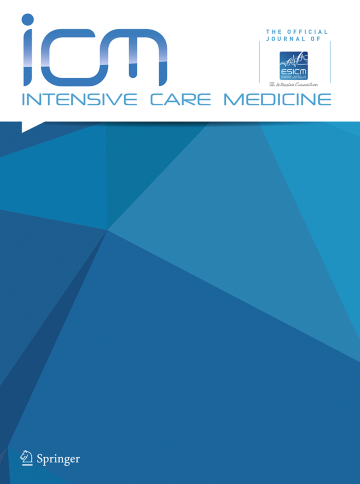去甲肾上腺素药理学:按时间顺序回顾剂量报告和盐制剂的影响。
IF 21.2
1区 医学
Q1 CRITICAL CARE MEDICINE
引用次数: 0
摘要
去甲肾上腺素剂量报告的不确定性,由于盐制剂考虑的可变标签实践,导致了重大的临床和研究挑战,可能导致研究之间的可比性受损。本综述的目的是总结关于去甲肾上腺素盐配方和剂量报告问题的现有文献的时间顺序。我们对PubMed/MEDLINE、EMBASE和谷歌Scholar数据库进行了系统的检索,以确定有关去甲肾上腺素盐配方和标签实践的可变性、药理学理解的演变以及拟议指南的最新进展的相关研究。然后以叙述的方式对纳入的调查进行综合,随后按时间顺序进行组织,以追踪调查结果随时间的进展,从而突出剂量变异性的含义,并提供可能用于实现去甲肾上腺素剂量报告全球统一的策略的见解。国家的努力,如美国的盐政策和法国的实施模式,为实现统一提供了一条结构化的途径。全球去甲肾上腺素剂量报告的一致性至关重要,这样可以适当地设计试验,适当地解释证据合成,并适当地利用研究结果为临床实践提供信息。本文章由计算机程序翻译,如有差异,请以英文原文为准。
Norepinephrine pharmacolexicology: a chronological review of dose reporting and the implications of salt formulations.
Uncertainties in norepinephrine dose reporting due to variable labeling practices secondary to salt formulation considerations have resulted in significant clinical and research challenges, potentially leading to impaired comparability across studies. The objective of this review was to summarize the chronology of the available literature on the issue of norepinephrine salt formulations and dose reporting. A systematic search of PubMed/MEDLINE, EMBASE, and Google Scholar databases was conducted to identify pertinent studies addressing the variability in norepinephrine salt formulations and labeling practices, the evolution of pharmacological understanding, and recent developments in proposed guidelines. The included investigations were then synthesized in a narrative fashion and subsequently organized chronologically to trace the progression of findings over time, thus highlighting the implications of dosing variability, and provide insight into strategies that may be used to attain global harmonization in norepinephrine dose reporting. National efforts-such as the United States Salt Policy and the French implementation model-offer a structured pathway toward harmonization. Consistency in norepinephrine dose reporting globally is of upmost importance such that trials may be designed appropriately, evidence syntheses may be interpreted appropriately, and research findings may be appropriately used to inform clinical practice.
求助全文
通过发布文献求助,成功后即可免费获取论文全文。
去求助
来源期刊

Intensive Care Medicine
医学-危重病医学
CiteScore
51.50
自引率
2.80%
发文量
326
审稿时长
1 months
期刊介绍:
Intensive Care Medicine is the premier publication platform fostering the communication and exchange of cutting-edge research and ideas within the field of intensive care medicine on a comprehensive scale. Catering to professionals involved in intensive medical care, including intensivists, medical specialists, nurses, and other healthcare professionals, ICM stands as the official journal of The European Society of Intensive Care Medicine. ICM is dedicated to advancing the understanding and practice of intensive care medicine among professionals in Europe and beyond. The journal provides a robust platform for disseminating current research findings and innovative ideas in intensive care medicine. Content published in Intensive Care Medicine encompasses a wide range, including review articles, original research papers, letters, reviews, debates, and more.
 求助内容:
求助内容: 应助结果提醒方式:
应助结果提醒方式:


